When you think of luxury cars, images of opulence, sophistication, and the ultimate driving experience likely come to mind. But behind the veneer of polished chrome and hand-stitched leather, some of these opulent machines can become burdensome money pits. These vehicles may demand more from your wallet than they offer in return. Before you take the plunge into luxury auto ownership, it’s crucial to know which models might drain your bank account faster than you can say “upscale.”
1. Maserati Quattroporte
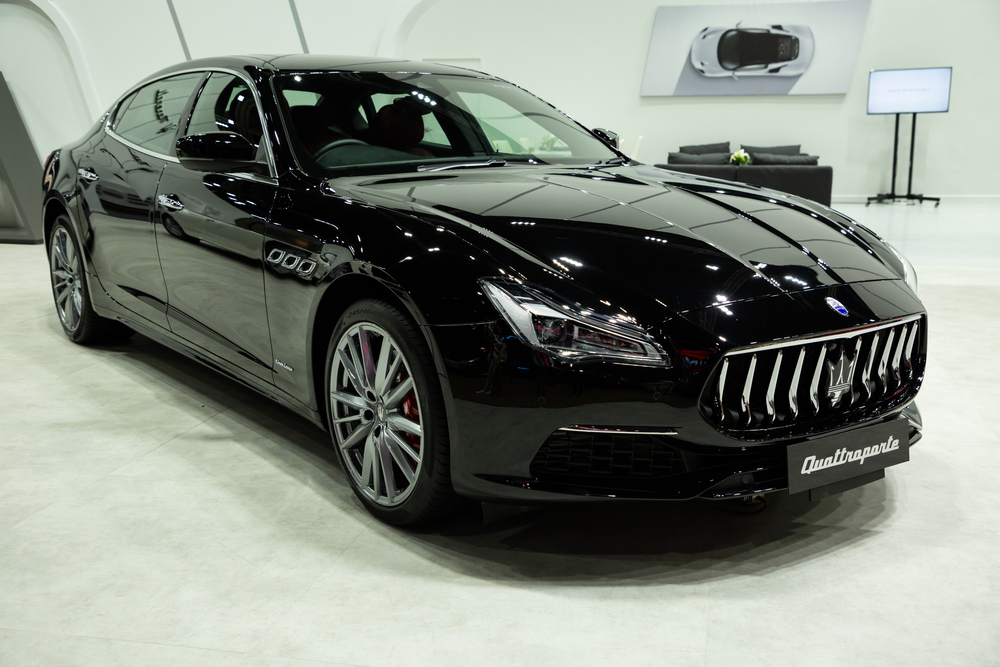
The Maserati Quattroporte stands as a testament to Italian elegance and performance. While this saloon car exudes a sense of refined prestige, its reliability record leaves much to be desired. Routine maintenance and unexpected repairs can quickly spiral into five-figure sums, eroding the initial thrill of ownership. Experts at Consumer Reports frequently cite the Quattroporte as one of the less reliable luxury vehicles, highlighting costly repairs that can dent any owner’s bank account.
Adding to the financial burden, parts for the Quattroporte are not only expensive but sometimes challenging to source, given its niche market. You’ll find that labor costs for this Italian masterpiece aren’t far off from its sticker price. The car might captivate with its roaring engine and seamless design, but it’s a classic case where beauty comes with a hefty price tag. The joy of driving a Quattroporte might be overshadowed by the stress of maintaining it.
2. BMW 7 Series
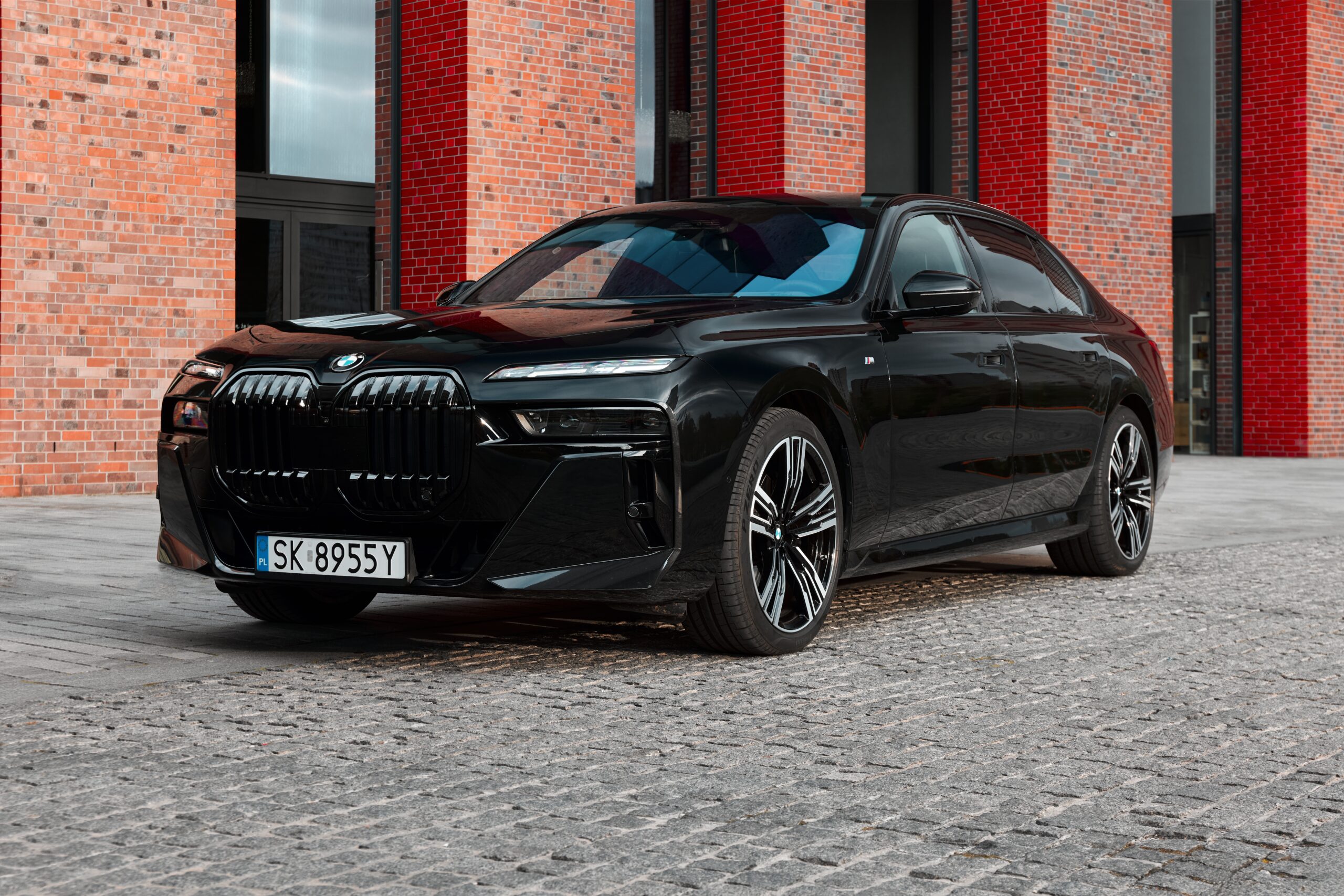
The BMW 7 Series has long been revered for its tech-forward features and luxurious ride. However, this flagship model from BMW is infamous for its steep depreciation curve and high repair costs. As technology advances in leaps and bounds, older models become plagued with software issues that make their maintenance a costly endeavor. You might relish the driving experience, but the financial implications should give any potential buyer pause.
Beyond software woes, the 7 Series suffers from intricate engineering that demands specialized service. Simple fixes require tearing apart complex systems, turning routine maintenance into a substantial affair. These cars are known for their battery-draining features that can leave you stranded if not vigilantly monitored. It’s a vehicle that commands a seasoned owner’s attention and a robust budget for upkeep.
3. Jaguar XJ
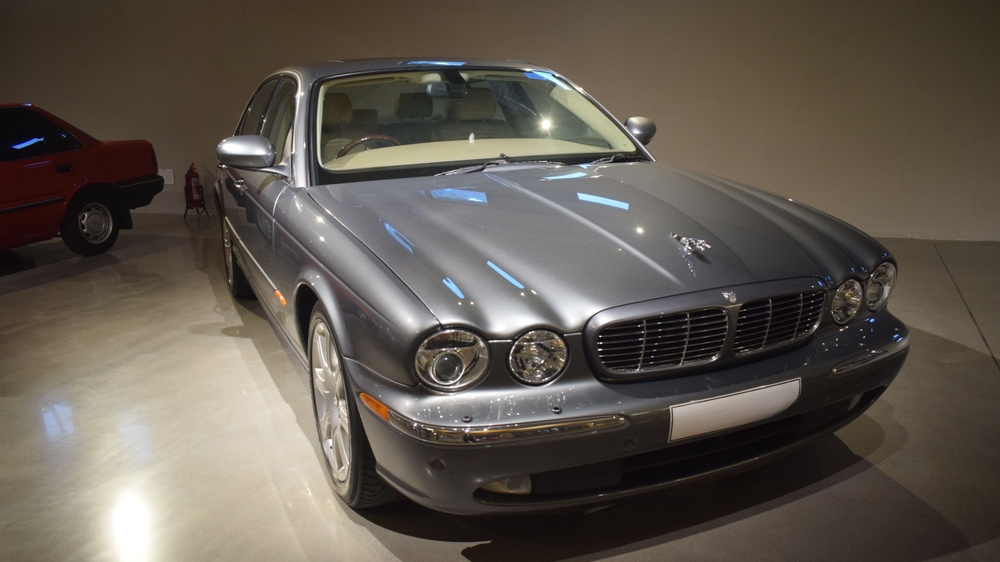
Jaguar XJ is synonymous with British refinement and automotive elegance. However, owning this beauty can become a financial quagmire, as it consistently ranks low in reliability surveys. According to analysts at J.D. Power, the XJ often trails behind its competitors in terms of dependability, resulting in frequent and costly visits to the shop. Such persistent issues can quickly transform the alluring dream of driving a Jaguar into an overwhelming fiscal nightmare.
Expensive electrics and delicate components make maintenance both frequent and pricey. Owners often discover that their love for the XJ is tested by electronic failures and malfunctioning systems. The parts are not only costly but also take time to procure, extending repair durations. Despite its classic charm and driving pleasure, prospective owners should brace for a reality check when it comes to the XJ’s upkeep costs.
4. Audi A8
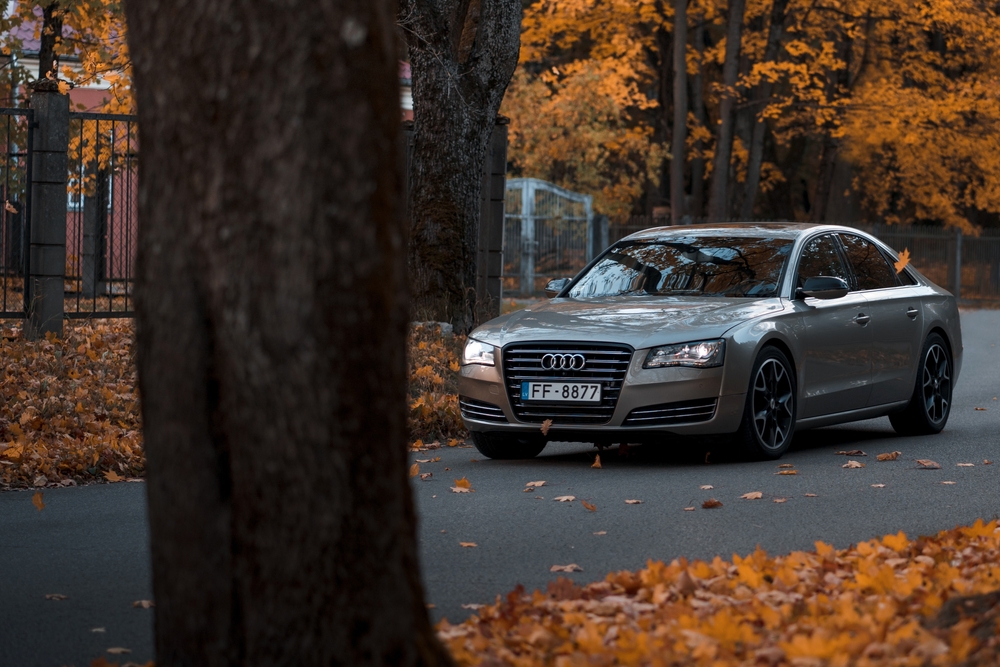
The Audi A8 draws you in with its smooth ride, cutting-edge technology, and undeniable allure. Yet, the pitfalls of owning such a model lie hidden beneath its glossy surface. The A8 is notorious for its rapid depreciation and high service costs, often leaving owners grappling with financial headaches. As these cars age, the sophisticated systems that once seemed futuristic become costly burdens.
One major issue with the A8 comes from its complex electronics, which can suffer from glitches and failures. Repairs demand not just financial resources but also time and patience, as specialists are often required. The allure of owning an A8 can fade quickly when faced with its financial demands. It’s a car that requires a deep love for the brand to justify the continuous investment in upkeep.
5. Land Rover Range Rover

Land Rover Range Rover is the epitome of luxury SUVs, combining off-road capability with urban sophistication. However, the vehicle’s reputation for poor reliability is well-founded and widely reported. A study by What Car? magazine listed the Range Rover as one of the least reliable SUVs, plagued by electrical and suspension faults that are costly to address. The romantic allure of conquering the wilderness gives way to the harsh reality of expensive repairs and maintenance.
Mechanical problems can range from air suspension failures to intricate engine issues, each demanding significant financial investment. You’ll often find yourself frequenting the service center, turning what should be an enjoyable ownership experience into a constant financial drain. The Range Rover’s desirability takes a hit when juxtaposed against the ongoing costs required to keep it running smoothly. It’s a prime example of where luxury can quickly turn into liability.
6. Mercedes-Benz S-Class
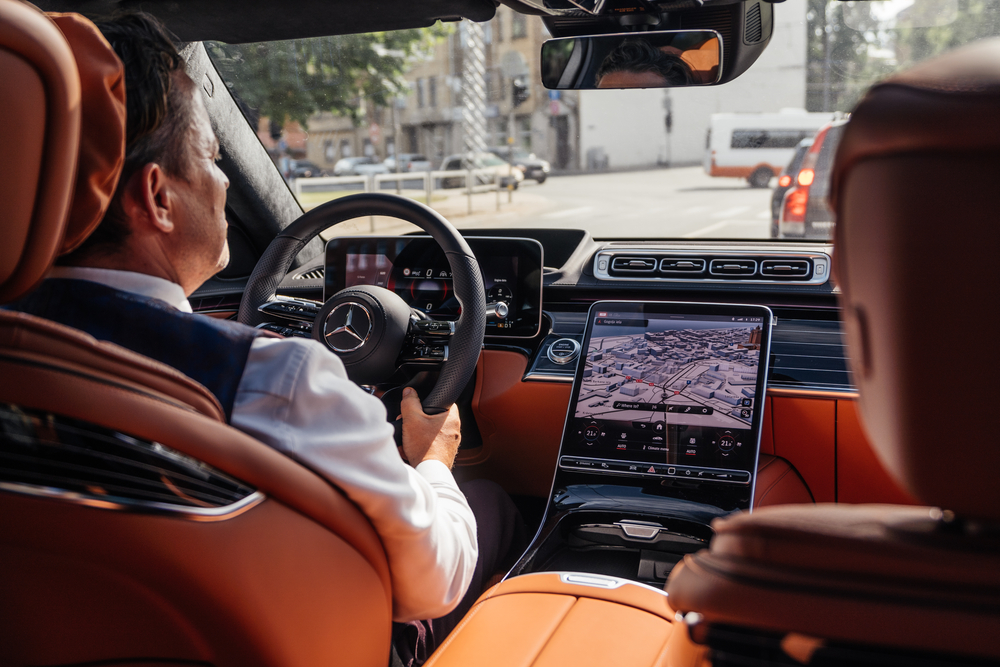
Heralded as the pinnacle of luxury and technology, the Mercedes-Benz S-Class is a symbol of status. Yet, with this prestige comes a potentially perilous financial commitment. The S-Class is notorious for its depreciation rate, with the value of the car plummeting faster than many other luxury models. Maintenance and repairs are equally daunting, with costs that can escalate quickly due to its advanced systems.
The complexity of the S-Class’s features means that even minor issues can lead to extensive repairs. Owners frequently encounter electrical problems that require costly diagnostic procedures. Parts for the S-Class are priced at a premium, sometimes making even simple fixes a luxury in themselves. While the initial experience is one of opulence and grandeur, its long-term costs can leave a bitter taste.
7. Tesla Model S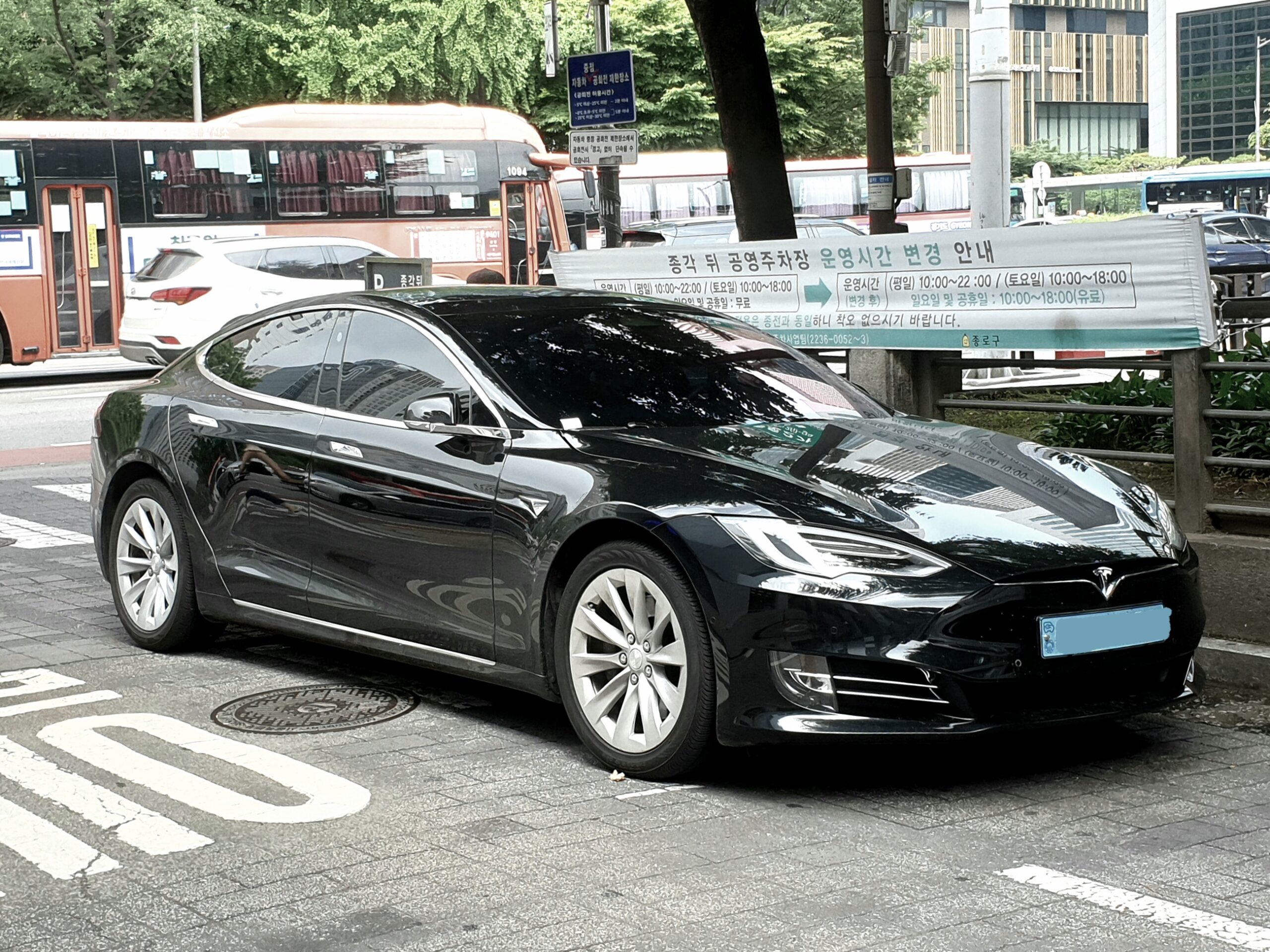
The Tesla Model S has become the poster child for electric innovation, but it’s not without its financial pitfalls. While it’s a pioneer in technology, the Model S can be a daunting car to maintain, with repair costs that can rival traditional luxury brands. According to an analysis by Edmunds, Tesla’s repair and service costs are often underestimated by new owners, leading to unexpected expenses. The car’s allure of zero-emissions and cutting-edge features can be marred by the financial reality of upkeep.
Battery replacements, while infrequent, can be prohibitively expensive, and any damage to the body requires specialized handling. The availability of service centers and parts can be inconsistent, causing potential delays in repairs. Despite its innovative streak, the Model S can surprise owners with its hidden costs, making it a cautious choice for those not prepared for its fiscal demands. For all its forward-thinking design, it remains a luxury vehicle with luxury-level upkeep.
8. Bentley Continental GT
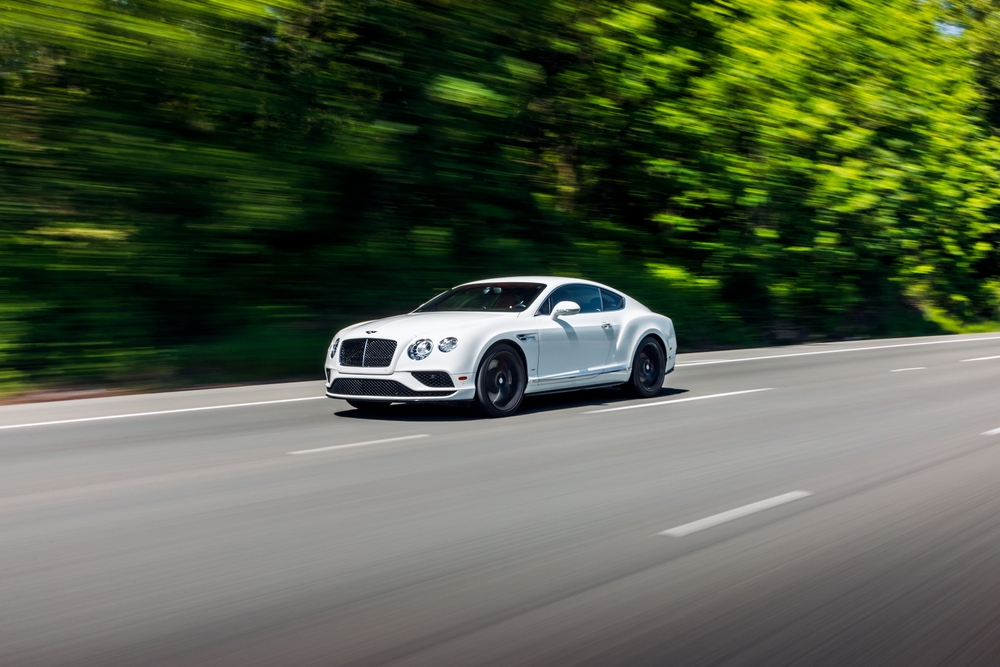
The Bentley Continental GT is an emblem of opulence and power, attracting those who crave the best in luxury motoring. However, the financial obligations that accompany this grand tourer can be daunting. The cost of ownership includes not only the purchase price but also exorbitant repair and maintenance costs. The meticulous craftsmanship that makes the Continental GT so appealing also necessitates specialized care and attention.
The vehicle’s complex engineering adds layers of difficulty to its maintenance, demanding both time and money. Parts aren’t just expensive; they’re often bespoke, meaning waiting periods for repairs can be lengthy. Routine service intervals are anything but routine in terms of costs, often surprising even seasoned luxury car owners. While the Continental GT is a marvel on the road, it’s a beast in terms of the budgetary commitment required.
9. Aston Martin DB9
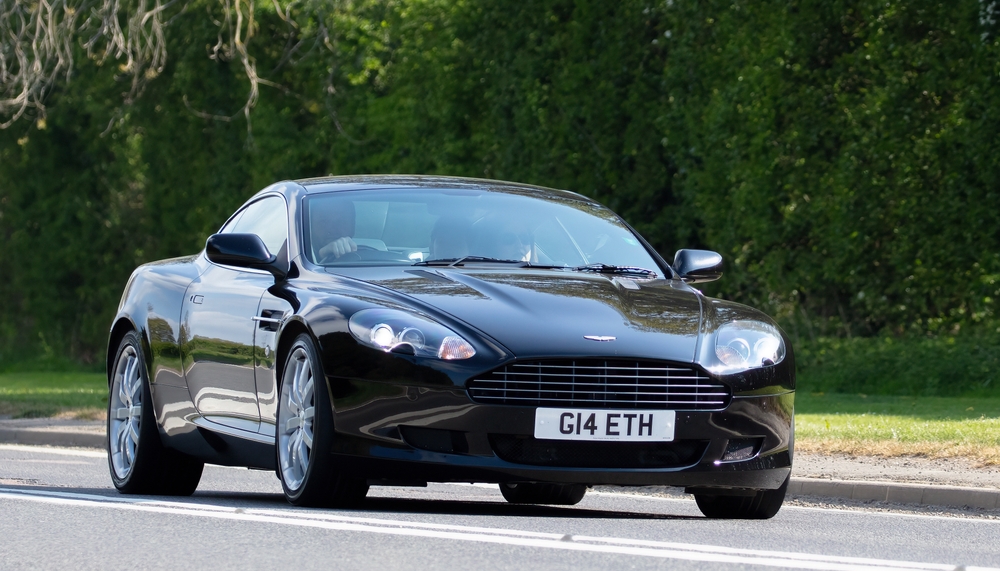
Aston Martin is a marque synonymous with cinematic glamour and the DB9 is a quintessential representation of its legacy. But this British icon can be a stealthy drain on one’s finances. The DB9’s high maintenance costs, coupled with its depreciation rate, make it a formidable fiscal challenge to own. It’s a car that demands not just passion but a substantial financial cushion to support its upkeep.
The vehicle’s bespoke nature means parts are both scarce and expensive, requiring patience and deep pockets. Its V12 engine, while a masterpiece, can be a mechanic’s puzzle, leading to costly repairs should anything go awry. Owners should brace themselves for high insurance premiums, an often-overlooked aspect of its ownership costs. While owning a DB9 is a dream for many, the financial reality can turn that dream into a costly affair.
10. Porsche Panamera
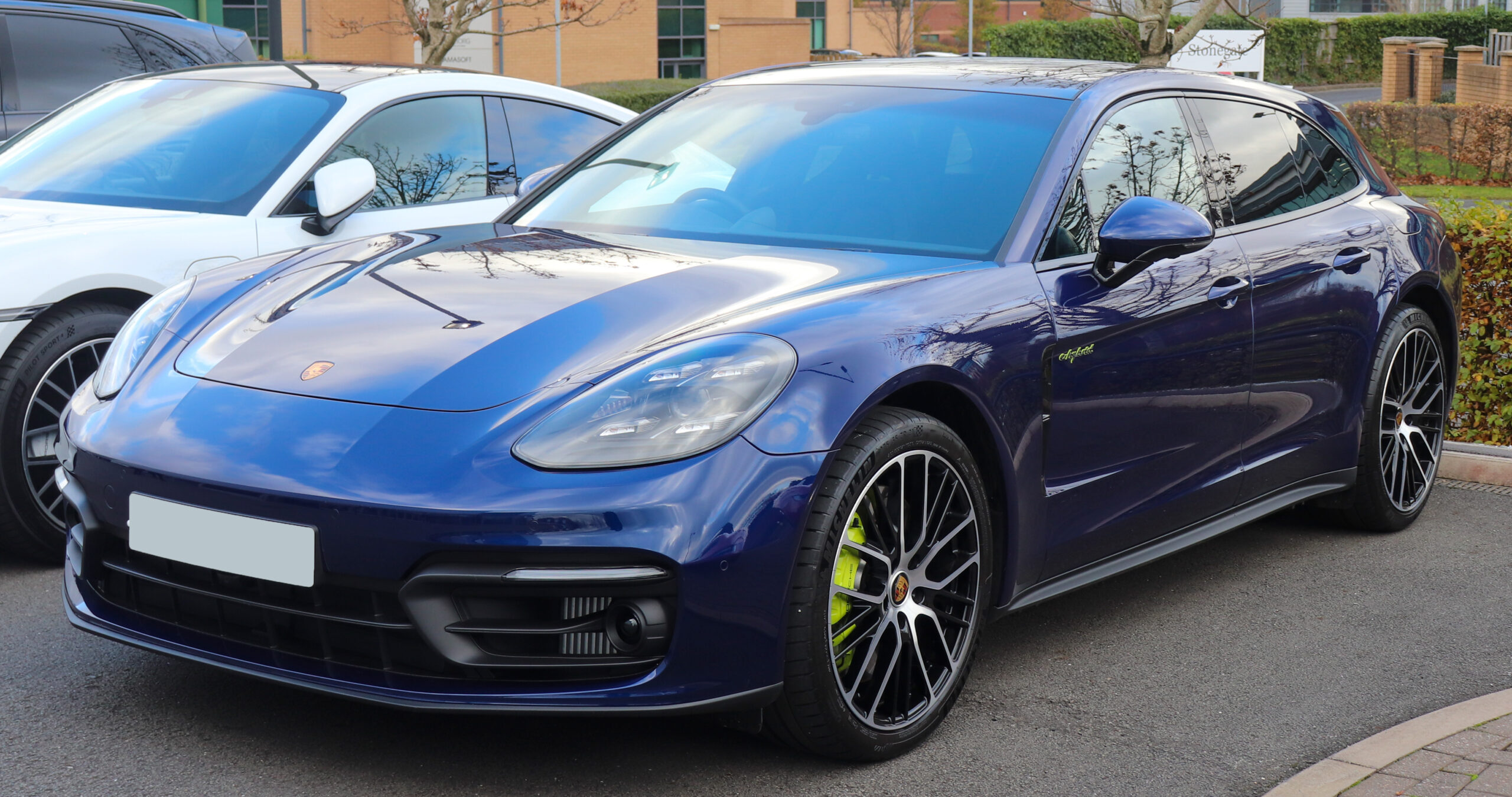
The Porsche Panamera offers sports car enthusiasts a blend of performance and luxury in a four-door package. Yet, its allure is tempered by the financial implications of its high maintenance and repair costs. The Panamera’s advanced engineering can result in expensive service visits that quickly add up over time. Owners may find that keeping this luxury sedan in peak condition requires more than just passion for driving.
The vehicle’s complicated systems mean that even basic repairs can become a costly and time-consuming process. The price of parts and the specialized labor required to maintain a Panamera can make ownership financially demanding. Depreciation is another factor, with the car losing value rapidly, which can be painful for those who view it as an investment. While it may deliver exhilarating driving experiences, the costs involved can be equally breathtaking.
11. Infiniti QX80
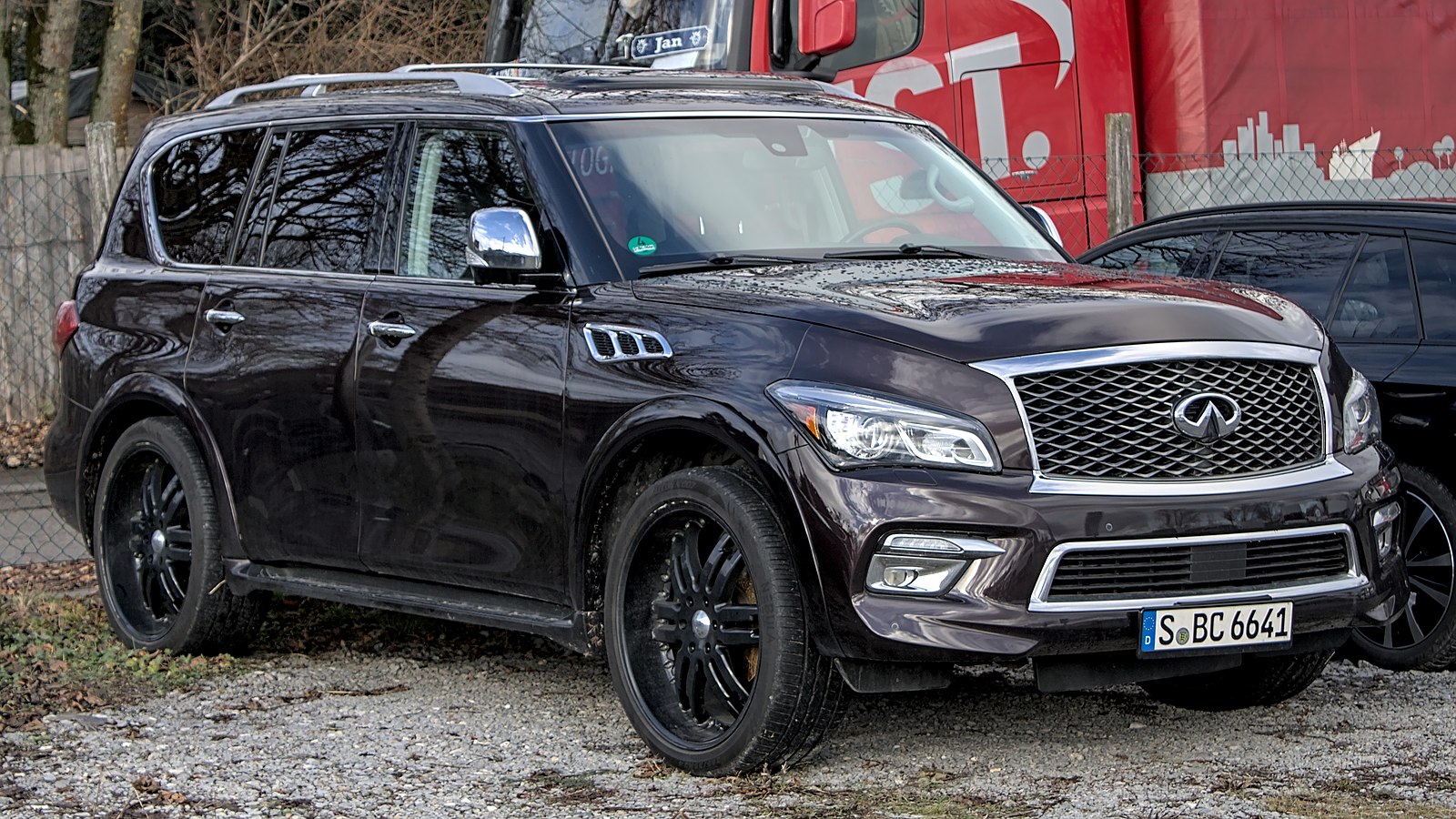
The Infiniti QX80 is a full-sized luxury SUV that promises comfort and capability. However, the luxury of owning such a vehicle can be overshadowed by its maintenance and repair costs. The QX80’s complex systems can lead to expensive service visits, which can strain even the most generous of car budgets. As these vehicles age, their value diminishes rapidly, further complicating the ownership experience.
Keeping a QX80 running smoothly involves frequent visits to the service center, with costs that can escalate quickly. The vehicle’s size and weight contribute to wear and tear, demanding more frequent and expensive maintenance. Parts for the QX80 are not just pricey but can also be hard to find, leading to potentially long waiting times for repairs. While the vehicle offers a commanding presence on the road, its financial demands are equally formidable.
12. Alfa Romeo Giulia
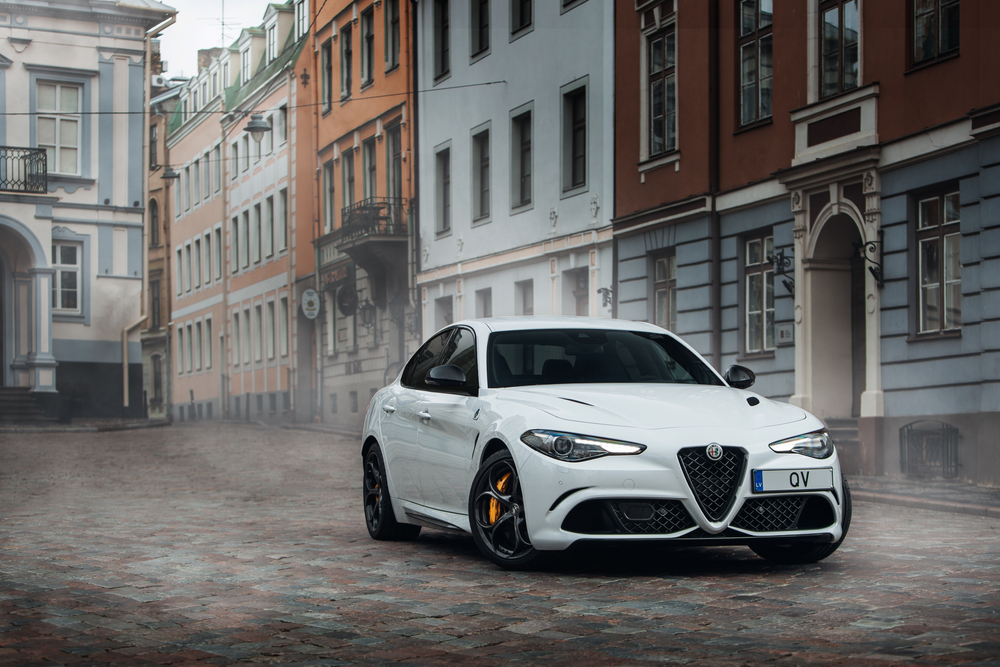
The Alfa Romeo Giulia draws you in with its Italian flair and sharp driving dynamics. Yet, beneath its striking exterior lies a litany of potential financial pitfalls. The Giulia is notorious for its below-average reliability, with issues that can lead to frequent and costly repairs. Enthusiasts may love its performance, but the ongoing costs can take the joy out of ownership.
The car’s advanced features and technology can malfunction, requiring expensive fixes. Owners often report issues with the electrics and engine, both of which demand costly attention. The depreciation rate also works against the Giulia, diminishing its value significantly over a short period. For those enchanted by its charm, it’s crucial to weigh the long-term financial implications against the initial allure.
This article is for informational purposes only and should not be construed as financial advice. Consult a financial professional before making investment or other financial decisions. The author and publisher make no warranties of any kind.






